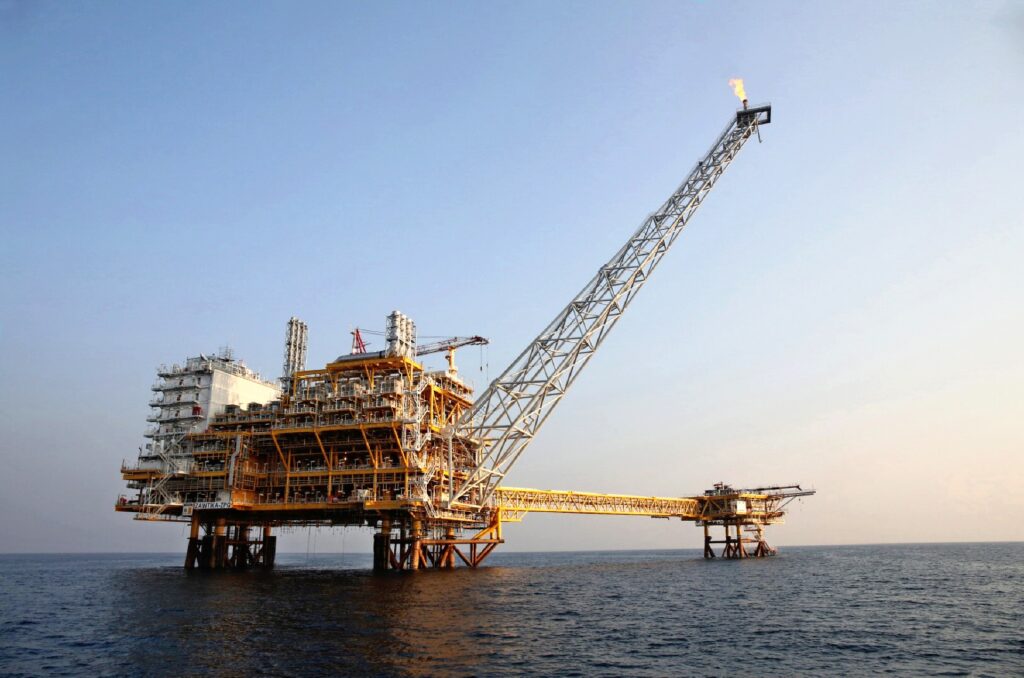Natural gas plays a pivotal role in India’s energy landscape, serving as a reliable alternative to coal in power generation. With a growing emphasis on reducing carbon footprints, the production of domestic natural gas is gaining significant momentum. Currently, India is effectively managing the increasing demand for energy, with five states emerging as the highest natural gas producing states in India. Let’s explore these states and their contributions to the nation’s energy sector.
Top 5 Highest Natural Gas Producing States in India
1. Assam: The Leader in Natural Gas Production
Assam stands out as the largest producer of natural gas in India, with an impressive output of 3,371 Million Metric Standard Cubic Meters per Day (MMSCMD) in 2024. The state’s historical significance in oil and gas exploration began with the discovery of oil deposits near Digboi in 1889, marking the inception of India’s petroleum industry. Assam boasts a well-established infrastructure for exploration and production, with major players like Oil and Natural Gas Corporation Limited (ONGC) operating extensively in the region. Its geographical proximity to Myanmar also enhances its potential for discovering new reserves, further solidifying its position in the energy sector.
2. Rajasthan: A Rising Star
Rajasthan has emerged as a significant contributor to India’s natural gas production, recording 2,619 MMSCMD in 2024. The state’s potential is largely attributed to its sedimentary basins, notably the Cambay Basin. Major discoveries, particularly in the Barmer district by private companies like Reliance Industries Limited (RIL), have significantly boosted production. This has attracted further investments into exploration activities, positioning Rajasthan as a promising region for future growth in natural gas output.
3. Tripura: Northeast’s Natural Gas Hub
Tripura, located in northeastern India and bordering Bangladesh, has recently seen a surge in natural gas production, achieving an output of 1,531 MMSCMD in 2024. The state is home to substantial gas fields within the Tripura Formation, with development supported by various companies, including ONGC. This progress has transformed Tripura into a notable natural gas-producing state, contributing significantly to the region’s energy resources.
4. Tamil Nadu: Harnessing Southern Resources
Tamil Nadu, situated on India’s southern peninsula, plays a crucial role in natural gas production, reaching 1,067 MMSCMD in 2024. The Cauvery Basin, particularly in the Dharmapuri and Ariyalur districts, is rich in natural gas reserves. Public sector undertakings like ONGC, alongside private firms such as Vedanta Limited, have been proactive in exploring and developing these fields. The natural gas produced in Tamil Nadu is essential not only for meeting local energy demands but also for supplying the increasing gas needs of southern India.
5. Gujarat: Strategic Coastal Production
Gujarat ranks fifth among India’s natural gas producers, generating 1,017 MMSCMD in 2024. The Cambay Basin in Gujarat is home to extensive gas fields that have attracted significant exploration efforts from both ONGC and various private enterprises. The state’s strategic location along the western coast facilitates the transportation of natural gas to other regions in India, enhancing its role in the national energy supply.
Conclusion
The five states highlighted above—Assam, Rajasthan, Tripura, Tamil Nadu, and Gujarat—are instrumental in producing the highest volumes of natural gas in India. Their contributions are crucial in shaping the country’s energy landscape, ensuring a reliable supply of natural gas. Additionally, other states like Andhra Pradesh, West Bengal, and Jharkhand are also emerging as significant producers, further enriching India’s energy portfolio. With these efforts, the future of India’s energy industry looks promising, bolstered by the potential of natural gas as a cleaner energy source.


